#5th century BCE
Text
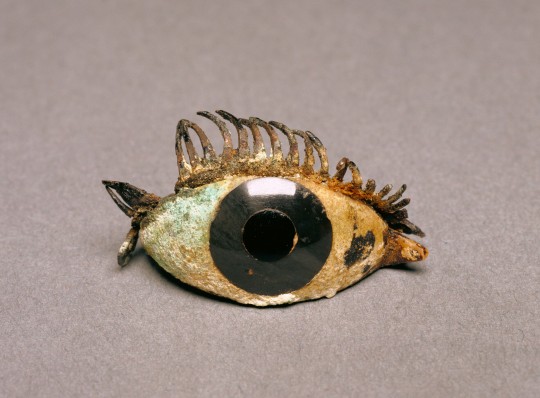
Eye from a bronze statue, 5th - 2nd century BCE, Greece
Made with glass paste, marble, obsidian, and copper
34 notes
·
View notes
Text

Terracotta figures and statues from Cyprus
* mostly 5th century BCE
* Medelhavsmuseet, Stockholm
Stockholm, November 2023
#Cyprus#5th century BCE#ancient#art#terracotta#statue#figure#Vouni#Medelhavsmuseet#Swedish museums#my photo
79 notes
·
View notes
Text
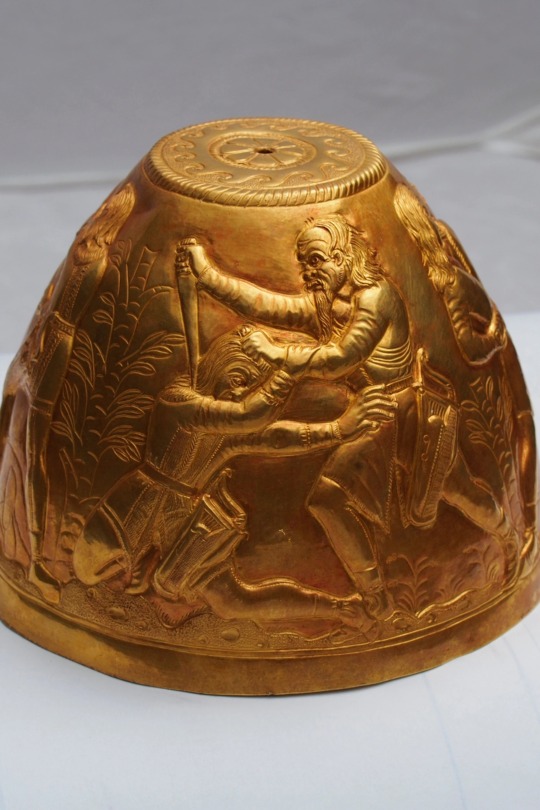


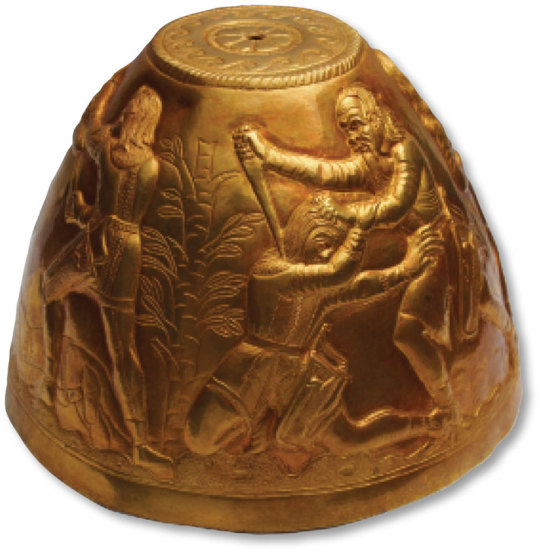

Scythian vessel depicting fighting scene 5th C. BCE. From Sengileevskoe-2 kurgan. The vessel also contained black residue that came back positive as opium and cannabis.
"The Man-eaters are the most savage of all men in their way of life; they know no justice and obey no law. They are nomads, wearing a costume like the Scythian, but speaking a language of their own; of all these, they are the only people that eat men."
-Herodotus, The Histories 4.106.1
#scythian#scythian gold#antiquities#artifacts#art#ancient art#history#ancient history#herodotus#literature#5th century bce#cannabis#opium
417 notes
·
View notes
Text
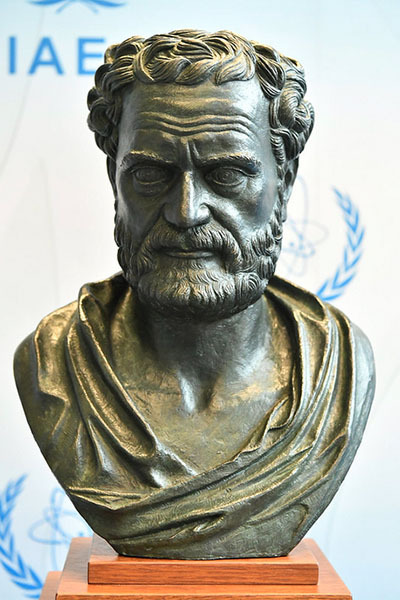
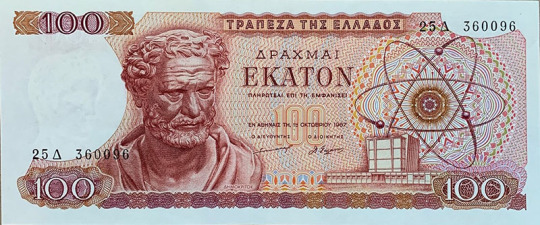
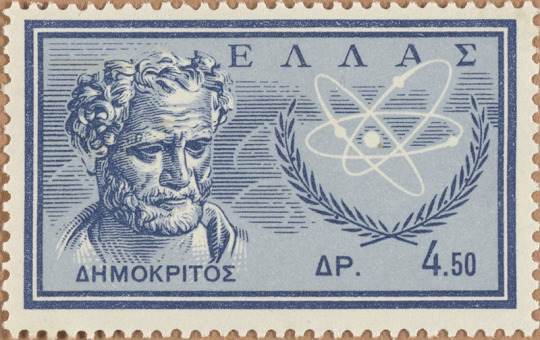

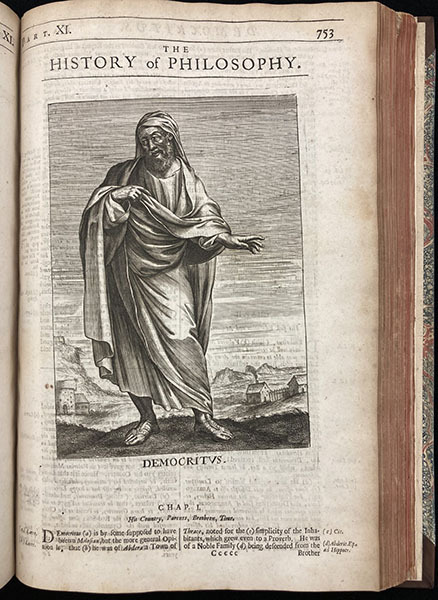
Democritus of Abdera – Scientist of the Day
Democritus of Abdera, a pre-Socratic philosopher of ancient Greece, lived from about 460 B.C.E to about 370 B.C.E.
read more...
#Democritus#atomism#presocratic#histsci#histSTM#5th century BCE#history of science#Ashworth#Scientist of the Day
15 notes
·
View notes
Photo

This 2,500-year-old female Scythian mummy dubbed the “Altai Princess” is one of few known mummies with visible tattoos
102 notes
·
View notes
Photo
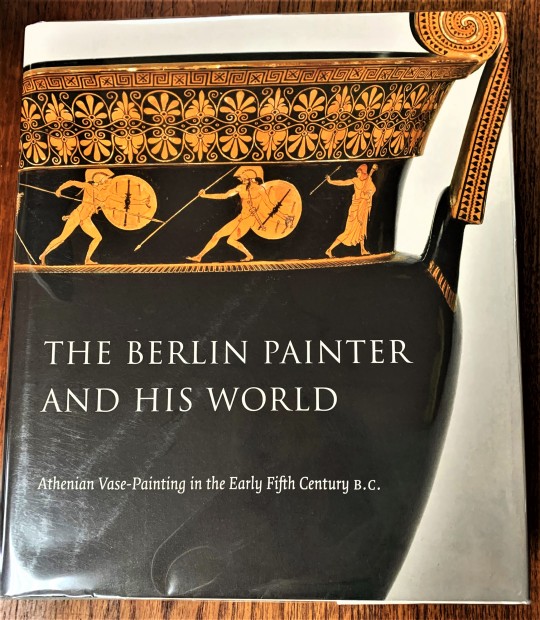

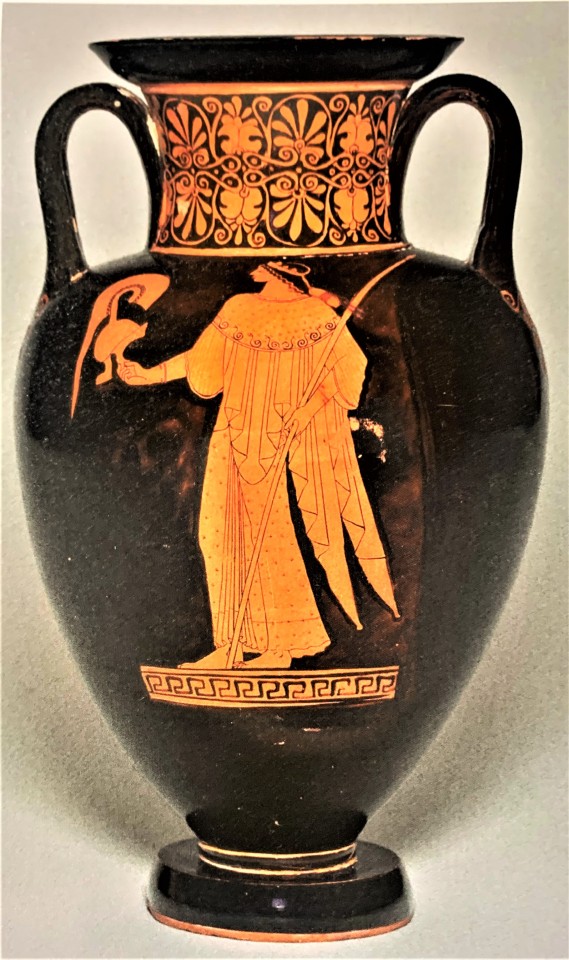
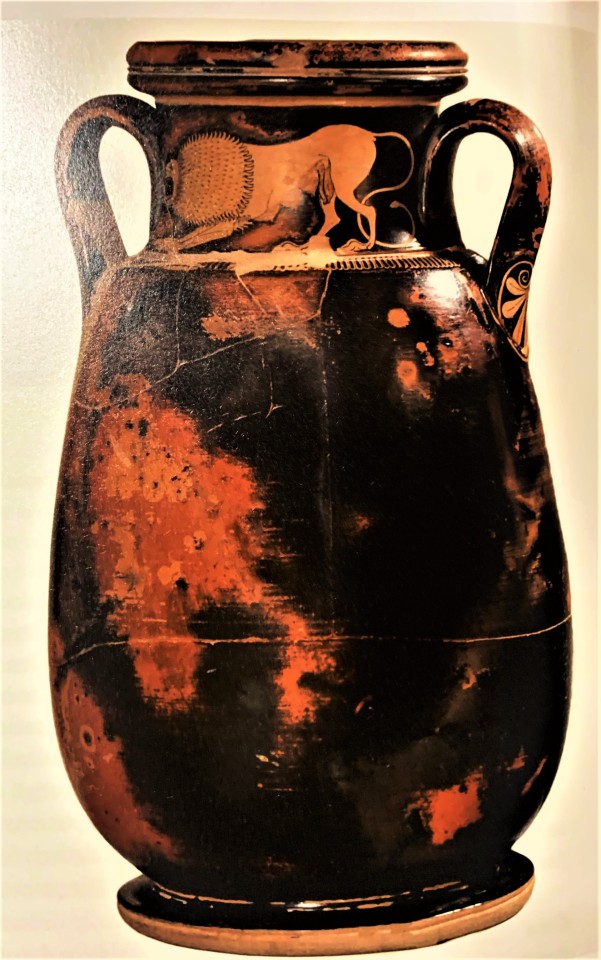
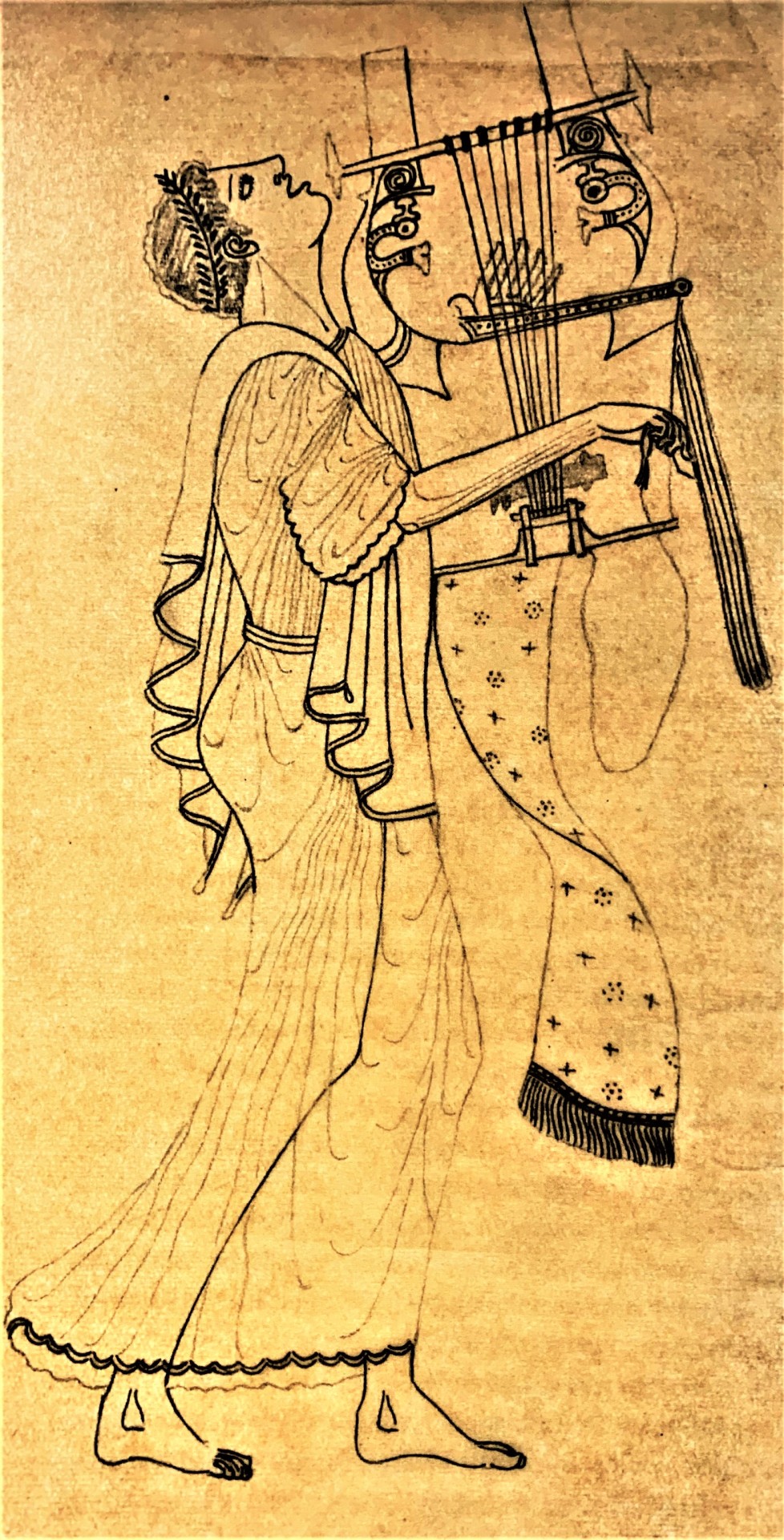
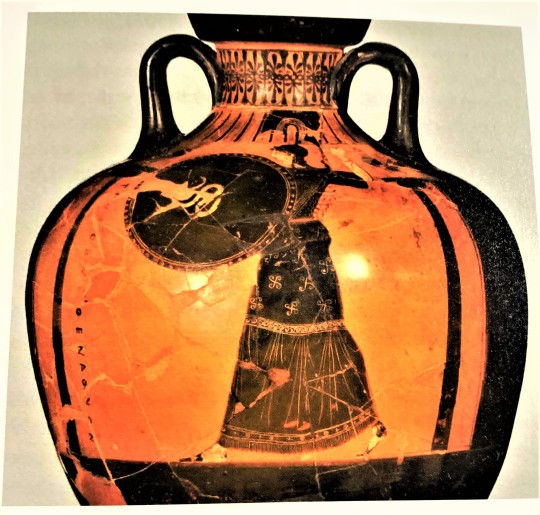
The Berlin Painter
Of all the vase painters of ancient Athens, there is one who continues to captivate all those who witness their works, not only for their splendor and skill, but also for their mystery. The identity of the artist dubbed the Berlin Painter is something we may never know. Although over 200 pieces have been identified as being painted by this individual, none of them hold the name of the artist. This is highly unusual, since by the time of the early 5th century BCE, the period when the Berlin Painter’s vases are dated, both master potters and painters would commonly place their names on their favored works.
The Berlin Painter and His World: Athenian Vase-Painting in the Early Fifth Century B.C. edited by J. Michael Padgett, Curator of Ancient Art at the Princeton University Art Museum, and published by the Museum in 2017 on the occasion of exhibitions of the same name at the Princeton University Art Museum and the Toledo Museum of Art, is the definitive work on this ancient Greek artist, and includes an updated catalogue raisonné, With contributions by several leading scholars, the work seeks to rebuild the ancient city of Athens though the ceramic remains by artists such as the Berlin Painter.
The highly decorated pottery of ancient Athens allows us to see the wide spread of influences this culture had on both the Mediterranean world and Central Europe. While beloved by those in the Hellenic world, others imported the pottery, as luxury items and elaborate symbols of wealth. The Etruscans from the Italian peninsula regularly furnished their tombs with kraters, wine mixing vessels, and the Celts of modern-day France and Germany would regularly feast using the Athenian pottery. Though lacking the fast-traveling methods available today, the broad distance where Athenian pottery can be found demonstrates that the cultures of the Mediterranean and Europe were closely connected.
View more Decorative Sunday posts.
View more of my Classics posts.
View more posts on Ancient Greece.
– LauraJean, Special Collections Classics Intern.
#Decorative Sunday#decorative arts#decorative plates#The Berlin Painter#Athens#ancient Athens#Ancient Greece#classical greece#vases#vase painting#5th century BCE#The Berlin Painter and His World#J. Michael Padgett#Princeton University Art Museum#Greek art#LauraJean
36 notes
·
View notes
Text
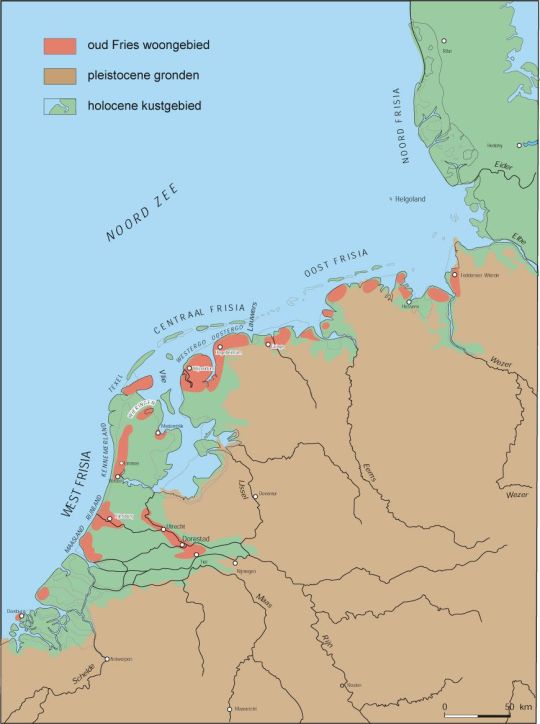
Frisia around the 6th century CE. Made by Fryske Akademy after Heidinga.



Landscape maps of the Netherlands in the Northern Iron Age show that Frisia was mainly a coastal landscape with wetlands (peatland, moor, bog, etc.) inland and only got wetter over time.
1) 500 BCE
2) 100 CE
3) 800 CE
Made by Rijksdienst voor Cultureel Erfgoed.
Brown means peat-wetland. Yellow spots at the shores indicate dunes or ridges, the most inhabitable land, as the orange spots in the illustration at the top of this post also indicate.
#frisia#northern iron age#map#netherlands#wadden#zeeland#zuid-holland#noord-holland#north sea#friesland#groningen#utrecht#gelderland#6th century#5th century BCE#1st century#8th century#island#germany#denmark
1 note
·
View note
Text

Monday March 27th 2023.
Today is World theatre day.
Below Dionysus theatre in Athens built in 5th century.

0 notes
Text
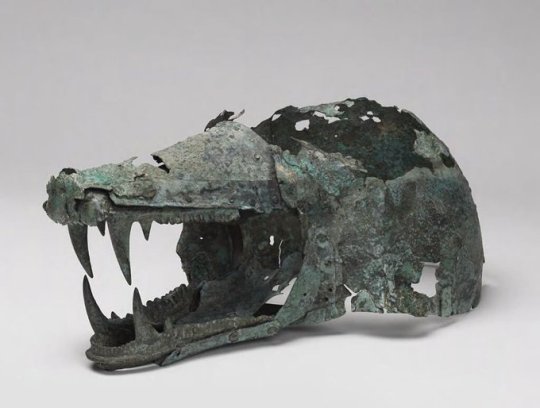
Etruscan Bronze Helmet in the Shape of a Wolf’s Head
6th-5th centuries BCE.
#Etruscan Bronze Helmet in the Shape of a Wolf’s Head#6th-5th centuries BCE#Wolf's Head Helmet#Head of a Boar#bronze#bronze helmet#bronze sculpture#ancient artifacts#archeology#archeolgst#history#history news#ancient history#ancient culture#ancient civilizations#etruscan history#etruscan art
4K notes
·
View notes
Text
Greek sculptors of the 5th century BCE were the first named artists whose fame in their own time was matched by their subsequent reputation.
1 note
·
View note
Text

I can’t stop thinking about this pot in a pot on a pot with these two guys on there just kicking each other.
#also tell me why I took this picture and now have searched everywhere on the website and can’t find this dang pot#it’s haunting me#pot in a pot in a pot#red figure pottery#like 5th century bce???#Ancient Greece#archaeology#pottery
2K notes
·
View notes
Text



Athena mounting a four-horse chariot
Mersenaki
Ca. 510-460 BCE
Medelhavsmuseet, Stockholm
Stockholm, November 2023
#Athena#Mersenaki#Cyprus#ancient#art#terracotta#statuette#goddess#chariot#animals#horse#clothing#helmet#6th century BCE#5th century BCE#Swedish museums#my photo#Medelhavsmuseet
82 notes
·
View notes
Text
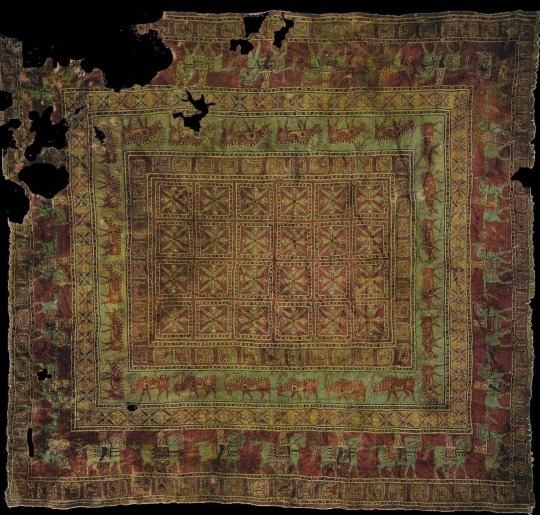
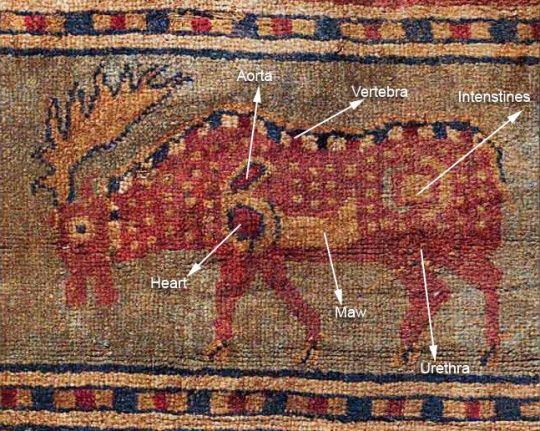
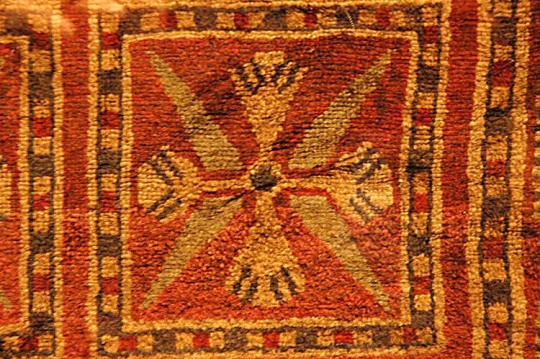


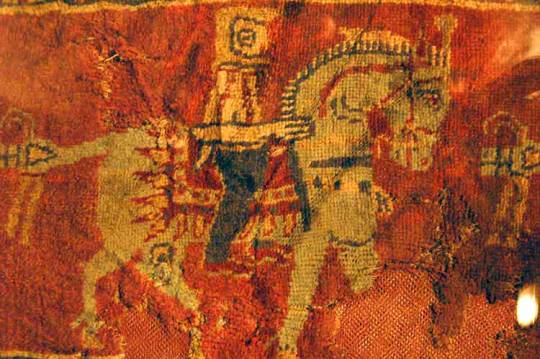
The Pazyryk rug, Scythian 5th-4th C. BCE
"Found: Pazyryk Barrow No. 5 (excavations by S.I. Rudenko, 1949). Altai Territory, Pazyryk Boundary, the Valley of the River Bolshoy Ulagan
The world's most ancient pile carpet was found in the largest of the Pazyryk burial mounds. Its decoration is rich and varied: the central field is occupied by 24 cross-shaped figures, each of which consists of 4 stylized lotus buds. This composition is framed by a border of griffins, followed by another one of 24 fallow deer. The widest border contains 28 figures of men on horseback and dismounted. The once bright yellows, blues and reds of the carpet are now faded, but must originally have provided a glowing range of colours. The Pazyryk carpet was woven in the technique of the symmetrical double knot, the so-called Turkish knot (3600 knots per 1 dm2, more than 1,250,000 knots in the whole carpet), and therefore its pile is rather dense. The exact origin of this unique carpet is unknown. There is a version of its Iranian provenance. But perhaps it was produced in Central Asia through which the contacts of ancient Altaians with Iran and the Near East took place. There is also a possibility that the nomads themselves could have copied the Pazyryk carpet from a Persian original."
-The State Hermitage Museum
#scythian#pazyryk#ancient art#history#ancient history#carpet#antiquities#artifacts#museums#pagan#5th century bce
220 notes
·
View notes
Text

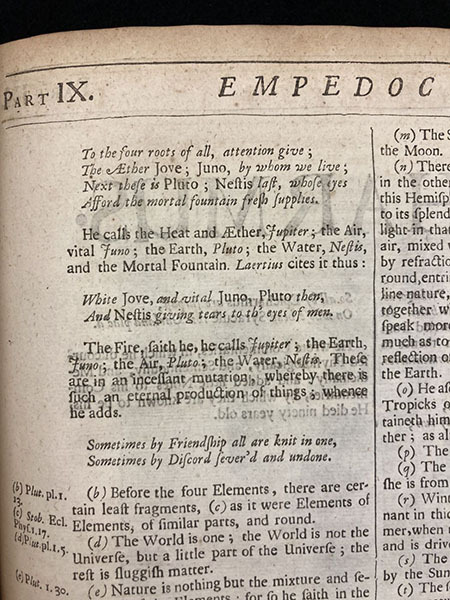
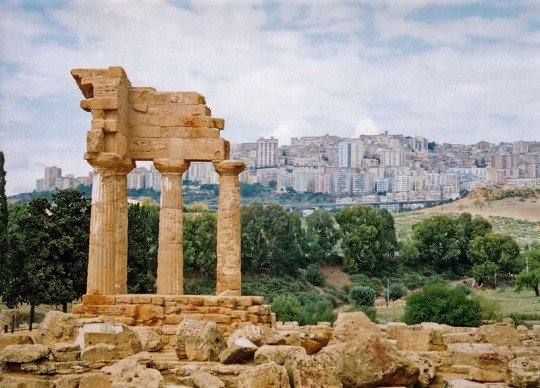
Empedocles – Scientist of the Day
Empedocles, a Greek pre-Socratic natural philosopher, lived and wrote sometime around 440 B.C.E; he was probably born around 490 and died about 434 B.C.E.
read more...
#Empedocles#pre-socratic#presocratic#histsci#histSTM#5th century BCE#history of science#Ashworth#Scientist of the Day
11 notes
·
View notes
Text


a friend from bodrum underwater archaeology museum
#tagamemnon#it's a perfume bottle!!#think it was 5th century bce but dont cite me on that i can't quite remember#they sell a replica in the museum shop too it's adorable
281 notes
·
View notes
Note
‘i missed you’ kiss. / from roxana
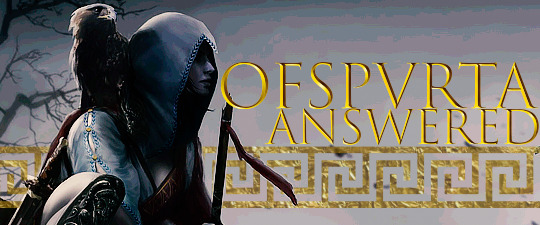
μ::|| meme: KISSING MEME PROMPTS | accepting [ Ξ ]
θ::|| @torntruth for roxana


The sun still felt harsh on her eyes in the days since she fought her way out of the Athenian prison. Barnabas and Sokrates had been keeping an eye on her and Ikaros hadn't left her side once as they snuck their way out of the city back to the port. They were right to be worried. It had been a year since the battle of Pylos since anyone of her crew had heard from or seen her. But she was alive, Ikaros had gone for help and Kassandra's immediate request was to leave the damned city and get some food. Of course, there was something else she was in desperate need of. A name and face she hadn't seen outside of dreams and hallucinations in that terrible year alone.
She needn't even say her name when she stepped foot on the ship, words weren't needed. Instead strong arms wrapped themselves under her arms, holding her in a tight embrace, lips pressing against her own. And Kassandra only wondered for a moment if this was real or another one of her visions she suffered as her mind started to fail her from such isolation. But it was shaken quickly by the reassuring warmth and joy of a long-sought reunion in those lips. This was real. Roxana, her love, was here, in her arms. You're alive. She heard in that lovely voice and Kassandra can't help that for once she was not hiding the fact that she was crying.
"It's actually you... you're real." Brows knit in relief as golden eyes shimmered with wetness and stared into Roxana's dark browns. "I saw you every night... but you're here now. For real." The way that she just wanted to collapse against her and truly rest knowing that particular nightmare was over now. "I missed you."
#λ::|| eagle bearer | kassandra#τ::|| roxana#τ::|| odyssey#λ::|| greek world | 5th century bce#Σ::|| we don't have to cross swords | ship: kassxroxana#torntruth#since we talked about that part of the book earlier today. i was still in my feelings about how she didn't get a break long enough to#recover from it. rp to the rescue
101 notes
·
View notes